

|


|
Tamiya King Tiger (Henschel Turret) - RTR - # 23658
|
Released by Tamiya on December 17, 2008, the German King Tiger (Henschel Turret) (# 23658) is the Factory Finished, Limited Edition RTR version, with a battery, charger and 4-channel radio system included.
A front-mounted double gearbox, with two electric motors, operate together or individually to produce forward/reverse running and pivot turning. Metal torsion bars and suspension arms combine with the wide tracks to smoothly absorb bumps and dips in the terrain and provide high manoeuvrability. In addition, realistic engine sounds accompany the tank as it starts up, drives and stops to idle. The main gun can be elevated, depressed and swung to the left and right.
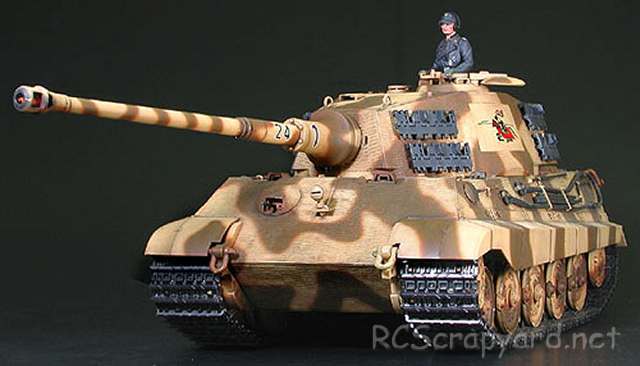
The German King Tiger tank first appeared towards the end of the 2nd World War in 1944. The heavy armored design has 150 mm front plates and 80 mm side plates, with 700 horsepower Maybach HL 230 - P 30 engine. The first 50 prototypes came with a turret designed by Porsche, but the mass production type came equipped with an improved turret designed by Henschel and a powerful gun which can penetrate 150 mm thick armor plate at 2000 m. Approximately 440 King Tiger tanks were produced from the summer of 1944 to March 1945. The German army intensively used it in the battle of the Ardennes in December 1944 and it was a major threat to the advancing Allied Army towards the end of the war.
This model comes with metal bushings, that after a short while, when dust and grit get into them, can actually wear into the metal drive shafts that spin in them - we recommend these should be replaced by a full set of steel shielded ball bearings ASAP.
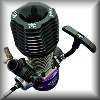
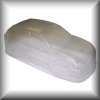
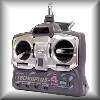
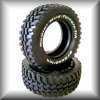
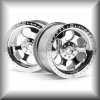
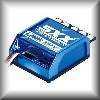
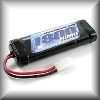
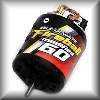
|
|
|

|
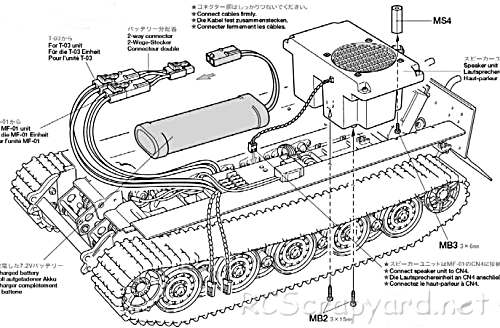
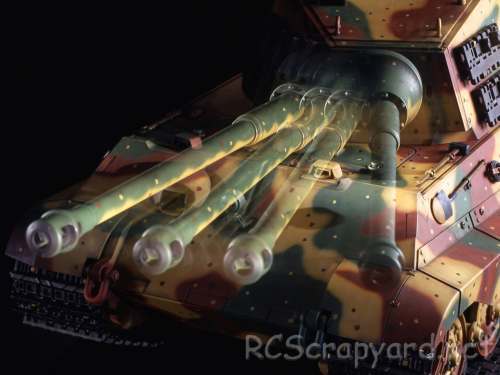
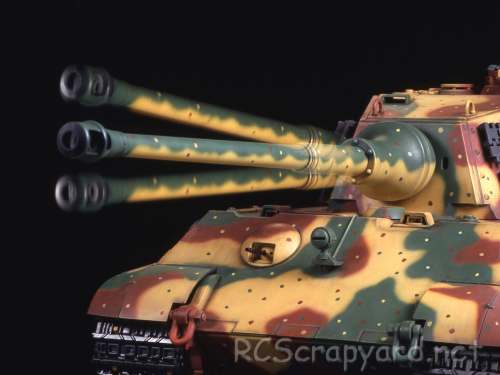
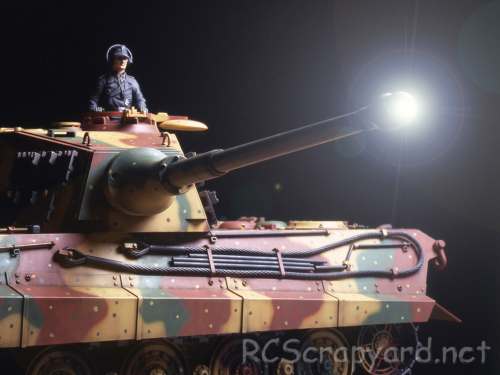
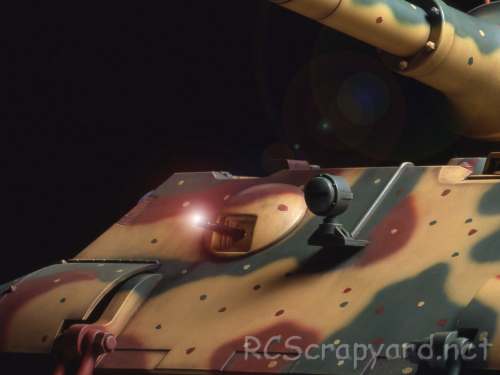
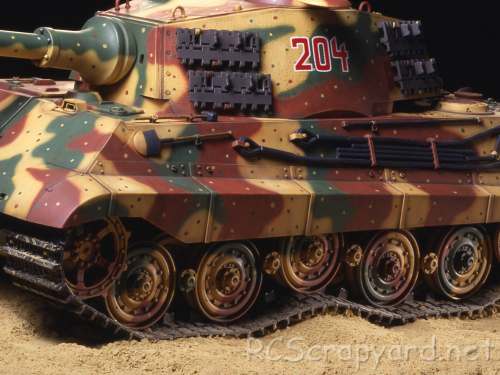
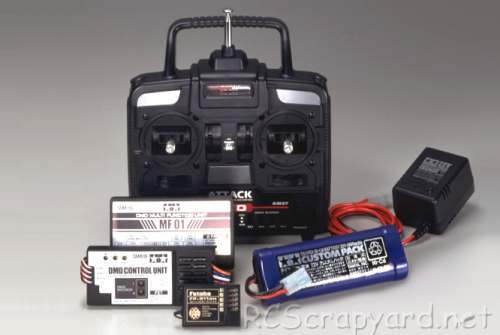
|
Hints, Tips and Information
How to avoid Radio Interference
1/ The first consideration when installing your Receiver into your Electrically Powered Model is to make sure it is well away from the Negative Battery terminal, and the Motor. The Magnetic field can cause stuttering type interference at times of high current draw (i.e., Fast Acceleration) |
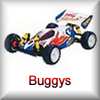
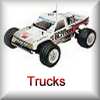
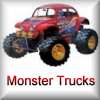
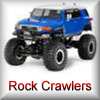
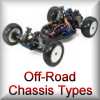
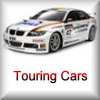
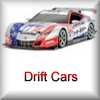
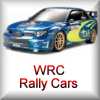
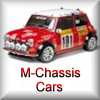
|
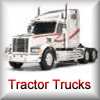
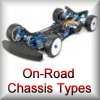
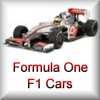
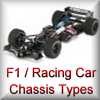
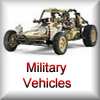
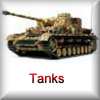
|
|
|
|
Hints, Tips and Information Electric Motors for RC ModelsWinds and Turns
Q/ What does 15x2 or 17x3 mean? |
Information and AdviceElectronic Speed ControllersHistory
ESC were originally developed to be used in conjunction with brushed 27T stock and modified motors in the late 1970s, early 1980s. Compared to modern day Controllers, they were Bulky and heavy, constructed using basic resistors, rheostats, capacitors and transistors, crammed together on a simple circuit board, to provide stepped but smooth acceleration when compared to the old mechanical, servo operated sweeper Speed Controllers. An Electronic Switch to change the direction of current flow was used on some of these early ESC to give reverse operation. Although they were a vast improvement on the old mechanical speedos of the time, they were expensive, jerky to control, and prone to burn out if not carefully looked after. |
|
RC Models:
|
Radio & Motors: |
Other
Accessories: |